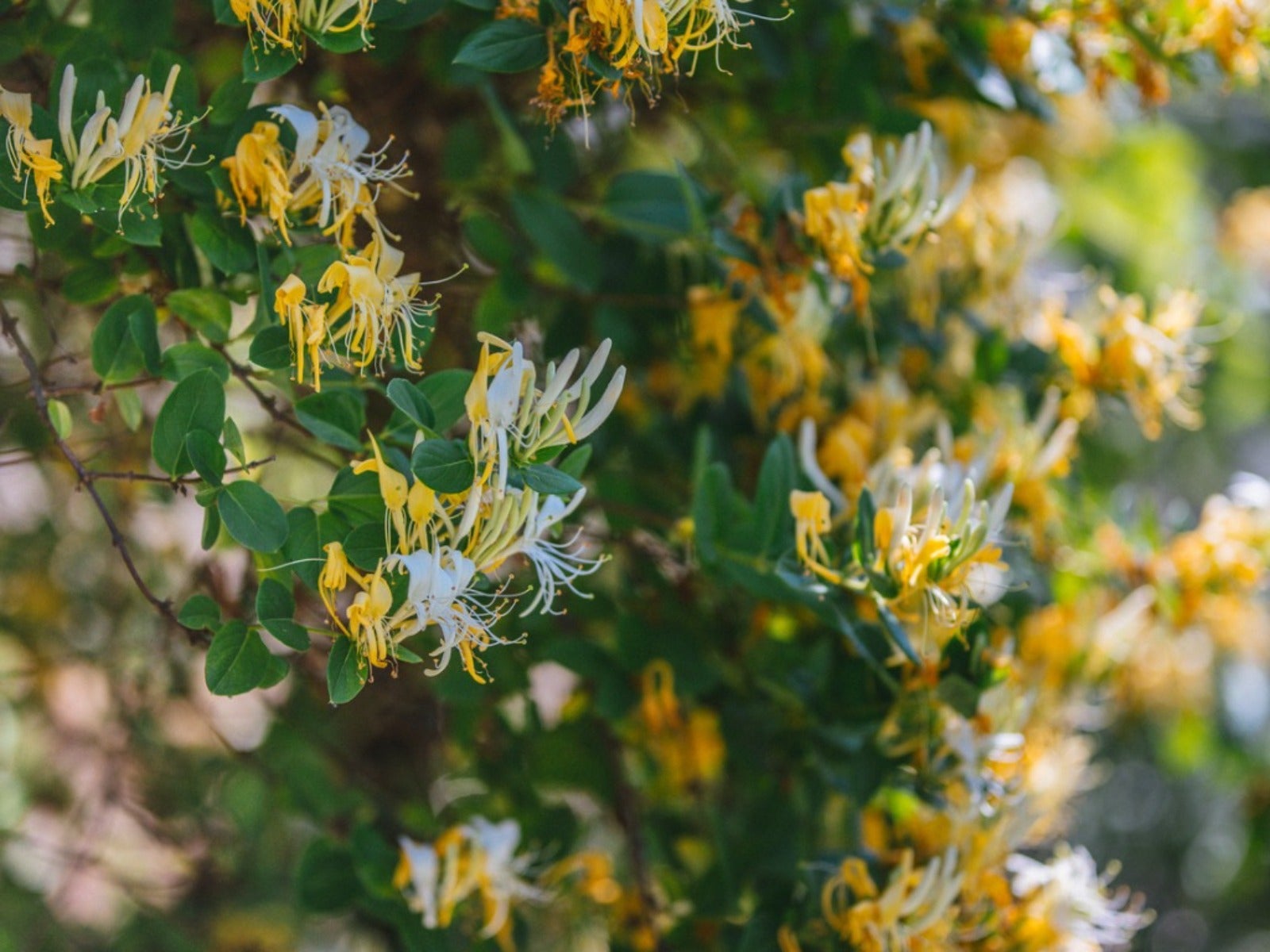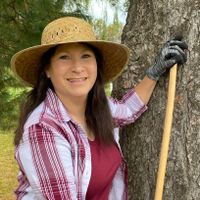Most Invasive Species In Ohio Valley Region Gardens


Many non-native species of plants were originally introduced as beautiful ornamentals for residential and commercial landscaping throughout Central gardening states. While many species are well behaved, some escaped into natural areas. Invasive plants in Illinois and other Ohio Valley states have damaged the ecosystem by crowding out native species and reducing biodiversity.
Invasive Trees in the Ohio Valley
Invasive species of trees don't provide the same food and shelter as native species. For instance, wild Bradford pear trees (Pyrus calleryana) don't host caterpillars, which many species of birds use to feed their young. When these trees overtake an area, bird populations can decline. This loss of biodiversity continues as it affects other species up the food chain.
Here are three more trees listed as invasive species in West Virginia and other Ohio Valley states:
- Norway maple (Acer platanoides)
- Tree of heaven (Ailanthus altissima)
- Princess tree (Paulownia tomentosa)
Invasive Shrubs in the Central Garden Region
Invasive shrubs often grow faster and are more competitive than native plants. These create monocultures which block the sunlight for other species. One example is the Autumn Olive (Elaeagnus umbellata). This invasive species can grow 6 feet (2 m) in a year and quickly reach a mature height and width of 15 feet (5 m). Autumn Olives spread by producing an abundance of fruit and are difficult to eradicate once established.
There are a number of shrubs considered highly invasive plants in Tennessee and the Ohio Valley region. Here are a few to avoid:
- Amur honeysuckle (Lonicera maackii)
- Burning bush (Euonymus alatus)
- Chinese privet (Ligustrum sinense)
- Wine raspberry (Rubus phoenicolasius)
- Multiflora rose (Rosa multiflora)
Invasive Flowers in Midwest Gardens
Once planted for their beautiful blooms, some species of ornamental flowers have escaped garden borders and invaded meadows, waterways, and roadsides. As an example, Dame's Rocket (Hesperis matronalis) was introduced in the 1600s and has naturalized across many Midwest states. Easily confused with Garden Phlox (Phlox paniculata), gardeners might mistakenly believe Dame's Rocket is a native species.
In the Midwest, there are several invasive flowering species which have overtaken natural areas and can also be mistaken for native plants:
Sign up for the Gardening Know How newsletter today and receive a free copy of our e-book "How to Grow Delicious Tomatoes".
- Birdsfoot trefoil (Lotus corniculatus)
- Flowering rush (Butomus umbellatus)
- Oxeye daisy (Leucanthemum vulgare)
- Purple loosestrife (Lythrum salicaria)
- Yellow flag iris (Iris pseudacorus)
Vining Invasive Plants in Indiana and Central States
Labeled as invasive in many states, English ivy (Hedera helix) was brought to the U.S. by colonists and is a popular groundcover throughout the Midwest. Unfortunately, this vining plant is difficult to control and has readily naturalized in both open and wooded areas.
Due to the way they grow, it can be particularly difficult to prevent some types of vining plants and groundcovers from spreading into unwanted areas. Here are a few that become problematic in the Ohio Valley region:
- Chinese wisteria (Wisteria sinensis)
- Crown vetch (Coronilla varia)
- Periwinkle (Vinca minor)
- Sweet autumn clematis (Clematis terniflora)
- Wintercreeper (Euonymus fortunei)
Grasses Labeled as Midwest and Ohio Invasive Plants
Ornamental grasses add color, texture, and vertical appeal to landscaped beds, but some species are quite adaptive to the Ohio Valley climate. For example, Chinese maiden grass (Miscanthus sinensis) was introduced in the U.S. in the late 1800s and became one of the most popular types of ornamental grass. Spread by both windblown seeds and underground rhizomes, this species has naturalized in several states.
Other grass species were introduced as turf grass or pasture fodder for livestock, such as tall fescue (Schedonorus arundinaceus). Brought to the U.S. in the early 1800s, this species has spread to many areas outside of pastures and lawns. Like the following invasive species, tall fescue competes with and crowds out native plants.
- Johnson grass (Sorghum halepense)
- Lyme grass (Leymus arenarius)
- Reed canary grass (Phalaris arundinacea)
When choosing plants for home landscaping, gardeners are encouraged to substitute native species for potentially invasive ones. Native plants are better adapted to the local climate and require less care than introduced ornamental species.

Laura Miller has been gardening all her life. Holding a degree in Biology, Nutrition, and Agriculture, Laura's area of expertise is vegetables, herbs, and all things edible. She lives in Ohio.